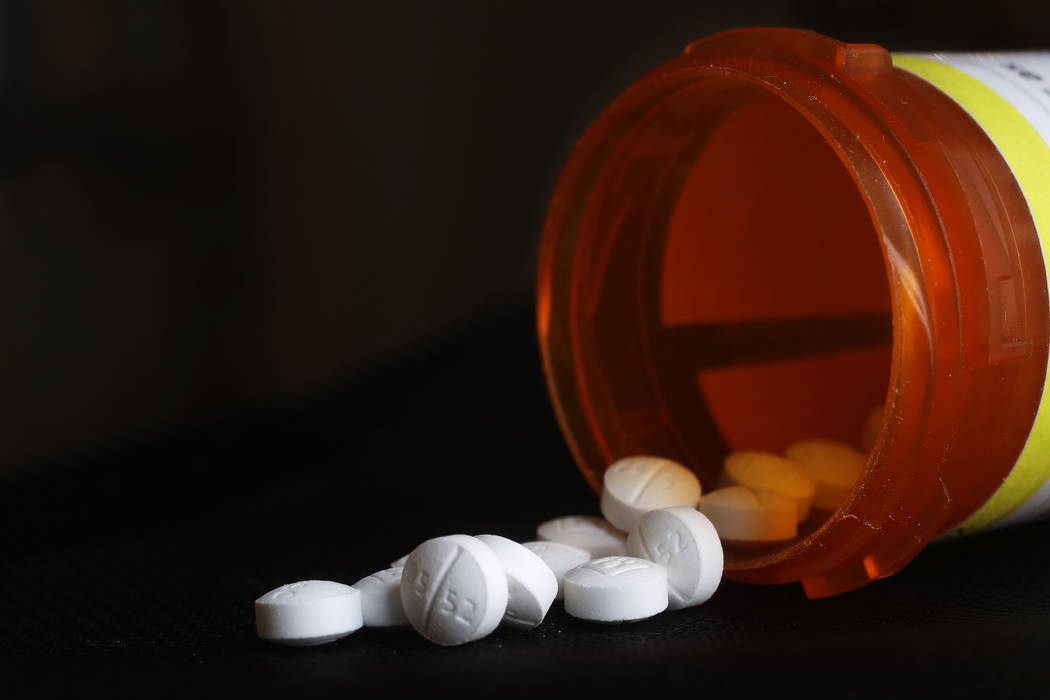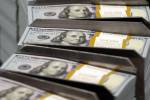EDITORIAL: NYT shows link between innovations and high drug prices
It’s well-known that the United States spends more per person on prescription drugs than other countries. The causes of that disparity are complex and less familiar.
Last month, The New York Times looked into rising prescription drug spending. The article had an obvious slant — that the United States needs price controls. Look beyond the editorializing, however, and a different picture emerges.
Per-person drug spending in the United States was in line with other wealthy countries up until the late 1990s. Spending then skyrocketed from the middle of the pack to about twice as high as the median. Drug pricing is complicated, but some factors can be ruled out as explanations. Americans use more generics than other countries and take prescriptions an average of 12 percent fewer days than those in the other countries. Name-brand drugs are more expensive in the United States than in places such as Canada, which has price controls.
That explains part of the spending difference, but it isn’t the whole story.
“Sales of costly new hypertension and cancer drugs took off in the 1990s,” reporter Austin Frakt wrote. “The number of drugs with sales that topped $1 billion increased to 52 in 2006 from six in 1997. The combination of few price controls and rapid growth of brand-name drugs increased American per-capita pharmaceutical spending.”
New drugs save lives and raise prices. That presents an easy way to keep costs down: Don’t pay for new drugs, which is what happens in some European countries with heavy government control.
“Except in rare cases, Britain will pay for new drugs only when their effectiveness is high relative to their prices,” Mr. Frakt wrote. “German regulators may decline to reimburse a new drug at rates higher than those paid for older therapies, if they find that it offers no additional benefit.”
Sarah Palin had a term for medical bureaucracies limiting care to pinch pennies — death panels. She was right.
The rate of U.S. spending increases on prescription drugs slowed around 2007. There were two factors at work: Patents expired for high-profile drugs such as Lipitor, and the FDA approved fewer new drugs. In 2014, prices grew rapidly again as the FDA approved new medications for diseases such as hepatitis C and cystic fibrosis.
New drugs don’t just appear. They cost an average of $2.6 billion to create. Drug companies don’t invest billions in new medications for the fun of it. They do it to make a profit. Implement European-style prices controls here, and you’ll see lower prices and fewer lifesaving drugs.
That’s a trade-off best made by individuals, not government bureaucrats.




























